How To Train Your Dog To Be Child Friendly
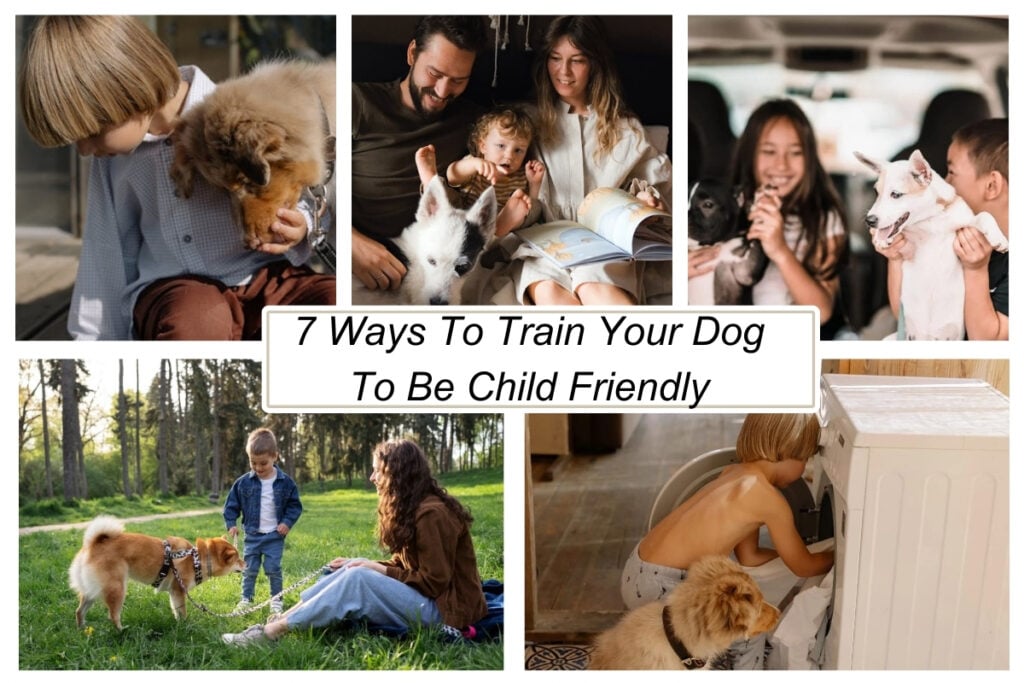
Training your dog to be child-friendly is a wonderful journey that not only enhances your pet’s behavior but also fosters a loving environment for your family. Dogs are incredibly intuitive and can form strong bonds with kids, but it’s important to ensure those interactions are safe and positive. Whether you have a new puppy or an older dog, the key is understanding their behavior and teaching them how to interact gently with children.
7 Ways To Train Your Dog To Be Child Friendly
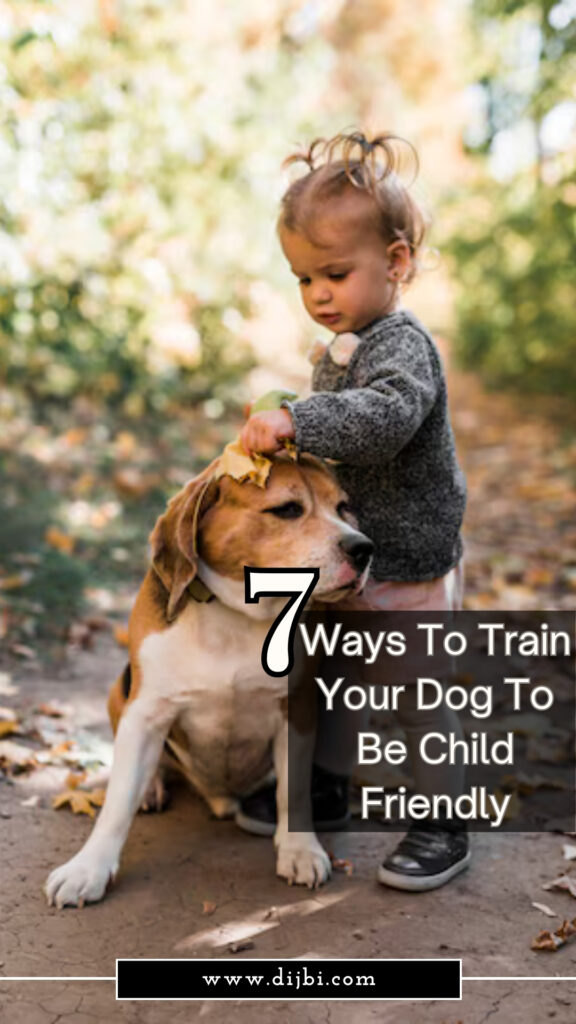
From basic commands to supervised playtime, there are many effective techniques you can use to help your dog thrive in a household with kids. With a bit of patience and some fun training methods, you’ll create a harmonious atmosphere where both your furry friend and your children can enjoy each other’s company.
Let’s dive into the best practices for making your dog a loving companion to your little ones!
1. Prepare Your Pup
If your pup is between eight to sixteen weeks old, this is a super important stage for their growth and development. What you do during this time can really shape how they behave as they grow up.
One great way to set your puppy up for success is to take them to new places. This means going for walks in different neighborhoods, visiting parks, or hanging out at a friend’s house. Each new experience helps them learn about the world!
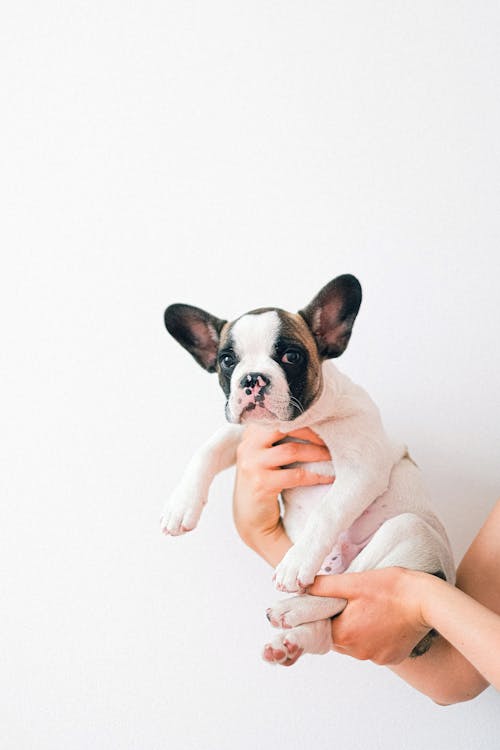
Meeting new people is just as important, especially kids. If your puppy gets used to being around children early on, it can really boost their confidence and help them feel more comfortable in various situations later on. Just imagine how much fun they’ll have playing with kids in the future!

If you have an older dog, introducing them to new people or environments is still a good idea, but take it a bit slower. Older dogs might need more time to adjust, so let them set the pace.
The more exposure your puppy or dog has, the more confident and well-behaved they’ll become. So, go out there and explore with your furry friend!
2. Respect Feelings
It’s important to remember that your dog might be a little scared of kids. Dogs can react differently to children because, let’s face it, kids can be pretty unpredictable! They tend to move around quickly and make sudden noises, which can confuse a dog.
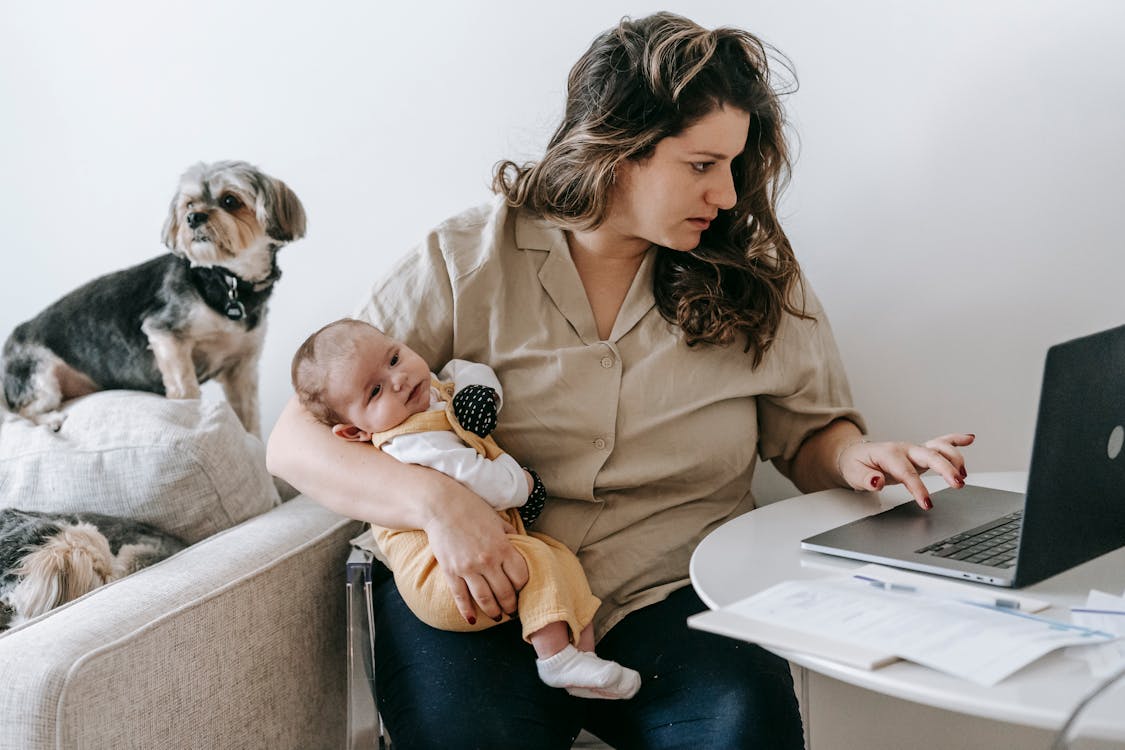
If you notice your dog seems unsure or anxious around kids, it’s a good idea to hold off on that meeting. You definitely don’t want to push them into a situation that makes them uncomfortable. It’s all about being kind and patient with your pup.
Instead of forcing things, try to create a calm environment. Maybe you can let your dog observe kids from a distance at first. This way, they can get used to the sounds and movements without feeling overwhelmed.
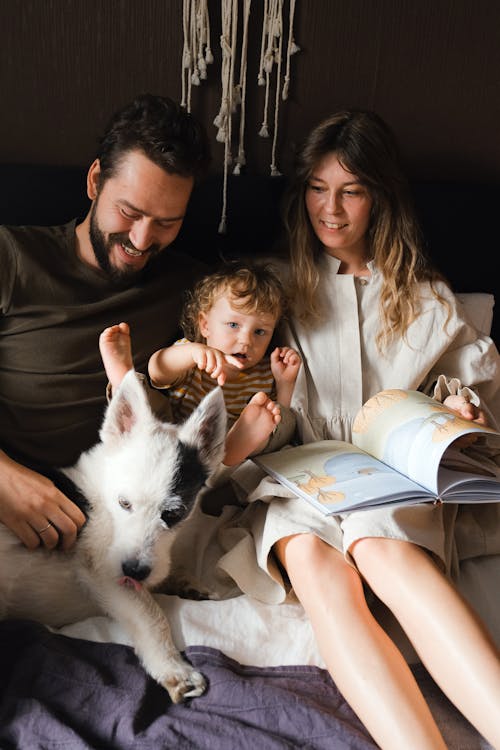
The last thing you want is for your dog to feel angry or stressed around kids. That could lead to negative experiences for both your dog and the children. With a little time they can learn to feel more comfortable around children!
3. Use Crate Training
Creating a cozy box or crate for your dog can help them feel safe and secure. It gives them a little retreat where they can relax and try new things without the stress of worrying about how to escape. Think of it as their hideaway!
First off, it’s super important to make sure your dog sees their crate as a safe spot. You can do this by adding their favorite blankets, toys, or even some tasty treats inside.
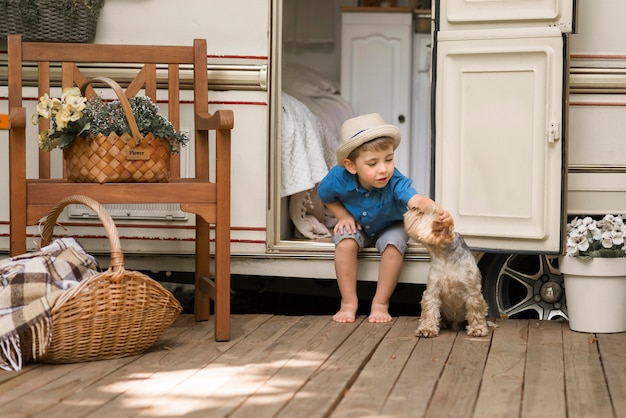
Now, while this crate can be a great place for your dog, it’s essential to talk to any kids around about respecting that space. Make sure they understand that the crate is off-limits, even when the dog isn’t inside. Kids can be curious and might think it’s fun to check out what’s inside, but this could make your dog feel threatened or anxious.

Source: Pexels/Impact Dog Crates
By teaching kids to respect the crate as a special space just for the dog, you help create a more peaceful environment.
It’s all about building trust and ensuring that your dog knows they have a safe place to retreat to when they need it. Here is how both your dog and the kids can coexist happily and safely!

